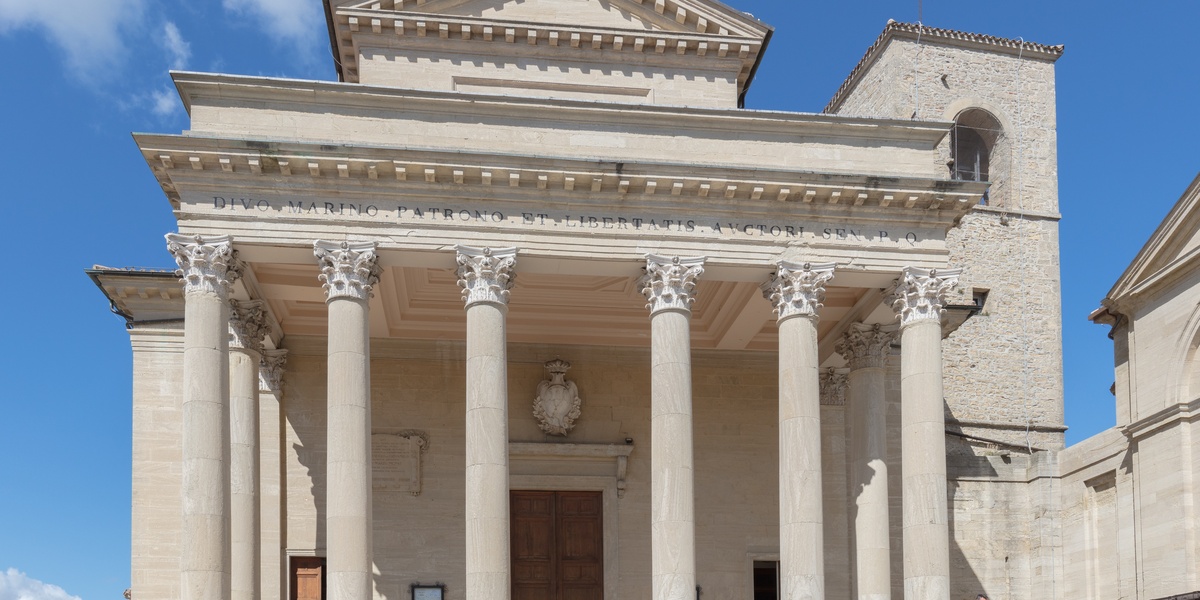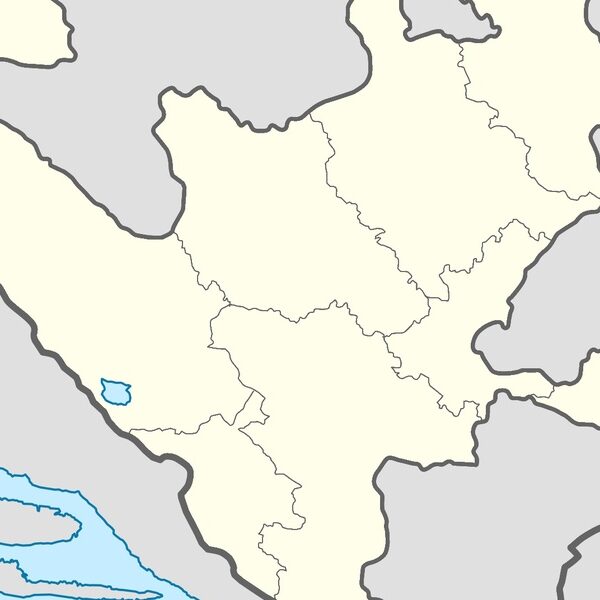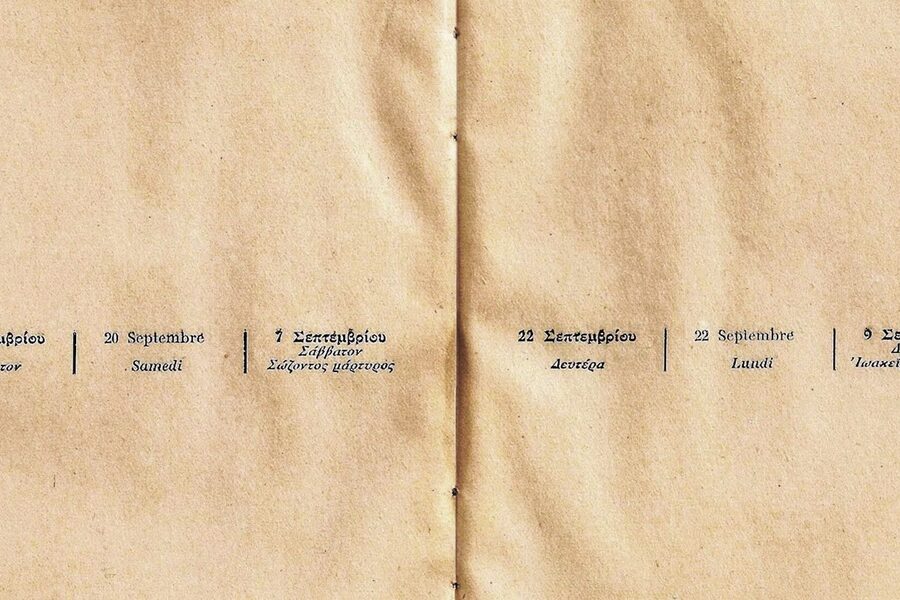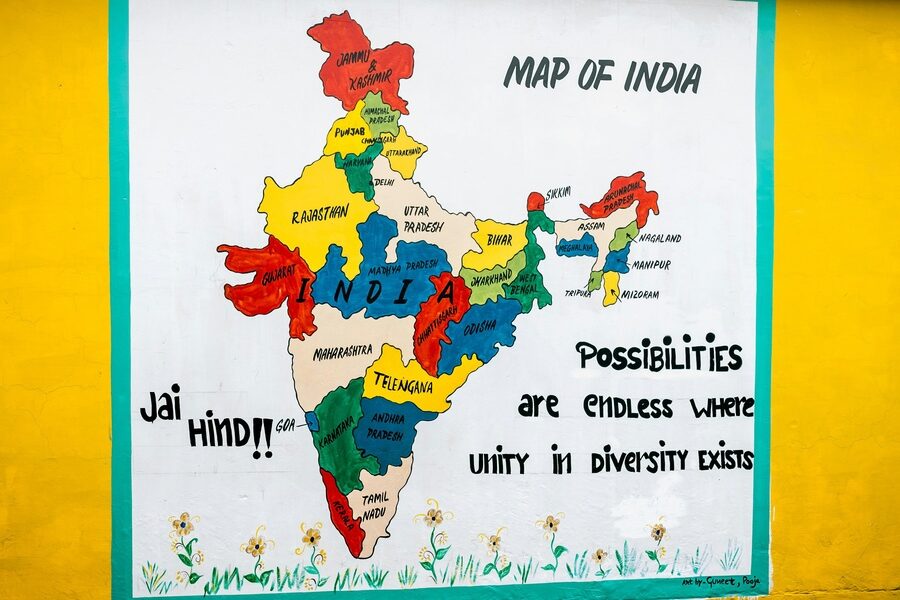San Marino’s speech landscape mixes centuries of local identity with the practicalities of a tiny state surrounded by Italy; village accents and family speech patterns still mark different parts of the republic. Walking through the castelli you can hear small but distinct variations that tie closely to local history and community life.
There are 4 Dialects in San Marino, ranging from Faetano-Montegiardino to Serravallese (listed as Faetano-Montegiardino,Serravallese in some records). For each entry you’ll find below data organized by Classification,Area (castelli),Status so you can quickly compare origin, geographic spread and current use — you’ll find below the full list and details.
How different are these local varieties from standard Italian?
Most differences are in pronunciation, a handful of vocabulary items, and some local expressions rather than wholesale grammar changes; speakers generally switch to standard Italian in formal settings, while family and community contexts preserve traditional forms.
Are these dialects still spoken widely and where can I hear them?
Usage varies by age and location: older residents and smaller castelli retain stronger forms, while younger people tend to use standard Italian or mixed speech; visiting local festivals, markets, and village events gives the best chance to hear authentic local speech.
Dialects in San Marino
| Name | Classification | Area (castelli) | Status |
|---|---|---|---|
| Sammarinese (Romagnol) | Romagnol (Gallo‑Italic, Emilian‑Romagnol subgroup) | Città di San Marino,Borgo Maggiore,Serravalle,Faetano,Fiorentino,Domagnano,Acquaviva,Chiesanuova,Montegiardino | Vulnerable; spoken by older generations, limited intergenerational transmission |
| Serravallese | Romagnol (Northern Sammarinese subvariety) | Serravalle (Dogana) and nearby northern areas | Endangered; local community use in rural contexts |
| Faetano-Montegiardino | Transitional Romagnol–Central Italian (Marche influence) | Faetano,Montegiardino,parts of Fiorentino and Domagnano | Severely endangered; heavy Italian influence, few fluent speakers |
| Sammarinese Italian | Regional Italian (Italian with Sammarinese substrate) | Città di San Marino,Borgo Maggiore,Serravalle (Dogana),administrative and commercial centers | Vigorous; dominant everyday language across generations |
Images and Descriptions
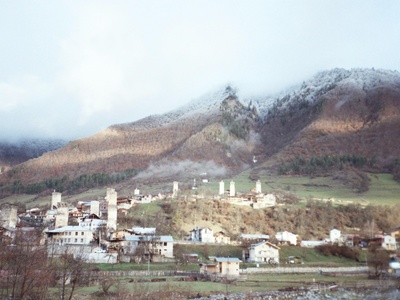
Sammarinese (Romagnol)
Traditional Sammarinese is a Romagnol variety with fronted vowels, palatalized consonants and distinct local lexicon. Once widespread across all castelli, it now survives mainly among elders and cultural groups. Sample: “A j’è un fradèl” (‘There is a brother’).
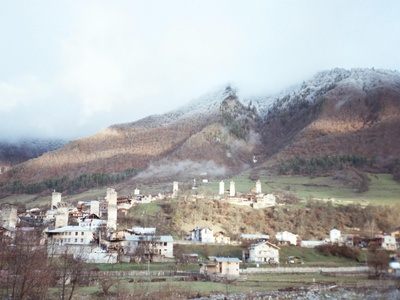
Serravallese
North‑San Marino Serravallese preserves strong Romagnol phonology: affrication, vowel shifts and regional lexemes shared with nearby Romagna. Mostly older villagers use it; occasional presence at local festivals. Sample: “A s’ciama” (‘He/She calls’).

Faetano-Montegiardino
Faetano–Montegiardino speech blends Romagnol traits with Central Italian vowel patterns and simplified consonant clusters. Fluent native speakers are rare as Standard Italian dominates younger generations. Sample: “Non ghe n’è” (‘There isn’t it’).
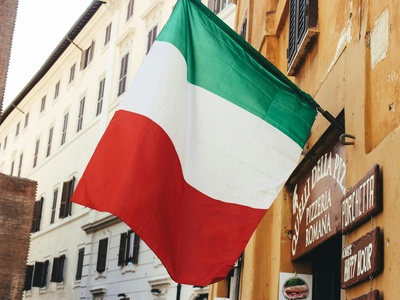
Sammarinese Italian
Local spoken Italian features Sammarinese prosody, Romagnol loanwords and subtle pronunciation shifts (vowel timbre, rhythm). It is used in media, schools and administration by most residents. Sample: “Buongiorno, come stai?” pronounced with local intonation.

